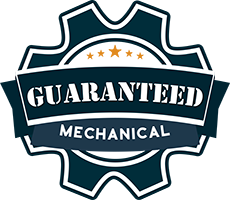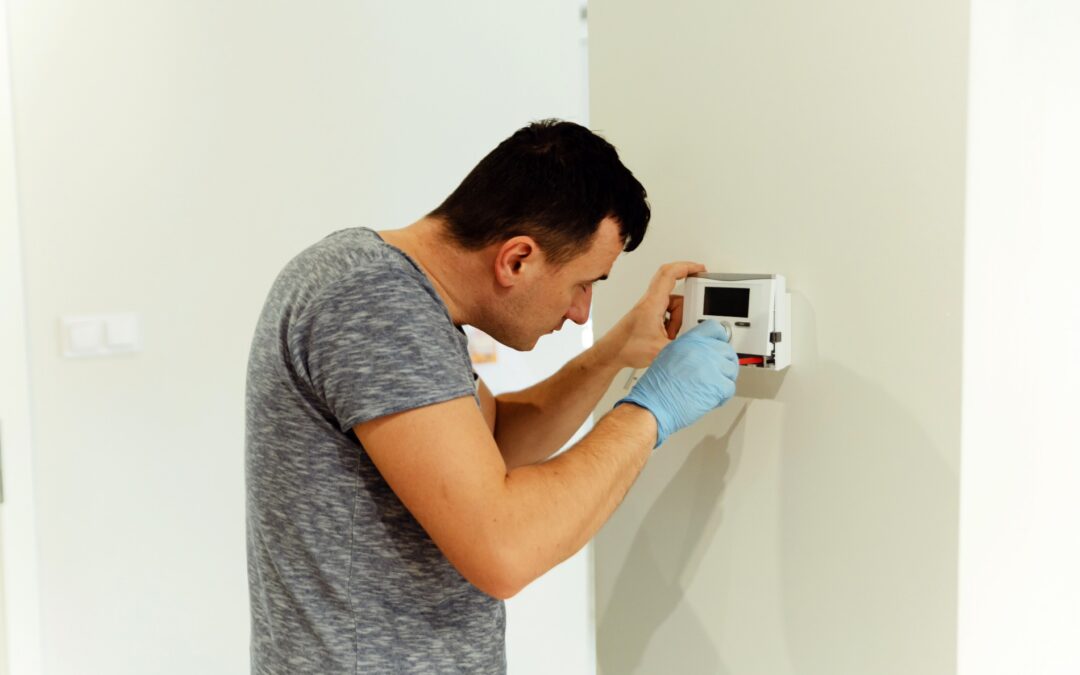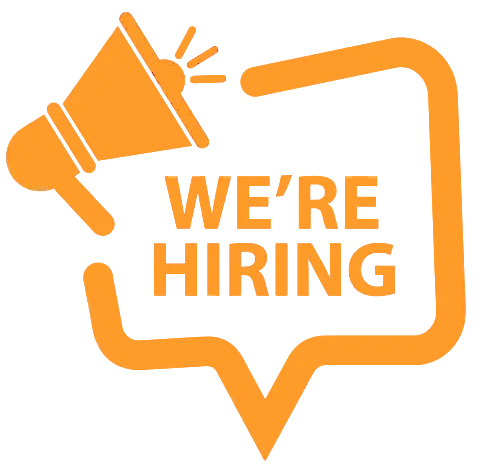Many older homes in Aurora have HVAC systems that are still functioning but often show signs of wear and reduced performance. One common issue homeowners run into is poor communication between the thermostat and the rest of the HVAC system. When that communication starts to fail, the home may become uncomfortable quickly, especially during extra hot or cold days. This kind of problem tends to start subtly before it eventually disrupts the entire climate control process.
Thermostat communication problems can be tough to spot early, and they’re often mistaken for other HVAC issues. Whether the system isn’t heating or cooling like it used to, or it won’t turn on at all, the underlying issue could be a miscommunication between the thermostat and your system. Knowing the common causes can help you figure out what’s going wrong and get in front of it before your comfort takes a hit.
Common Causes Of Thermostat Communication Issues
If your HVAC system isn’t reacting the way it should to changes you make on the thermostat, there’s a good chance something is standing in the way. In older homes across Aurora, outdated equipment and aging infrastructure can really get in the way of how efficiently your system runs.
Here are several reasons why HVAC thermostat communication problems happen in older homes:
– Outdated thermostat: Older thermostats often lack the technology to work correctly with newer HVAC models. Some don’t provide precise temperature control or may even stop working altogether over time.
– Wiring problems: Over the years, wires can become loose, corroded, or damaged. If the wiring between the thermostat and the HVAC system is faulty, commands won’t be delivered properly.
– Compatibility conflicts: Retrofitting a modern HVAC system into an older home can bring compatibility problems if the existing thermostat was never upgraded. Mismatched system components can cause inconsistent performance or no function at all.
– Environmental interference: Homes built decades ago were not built with today’s energy efficiency in mind. Poor insulation, placement of the thermostat near drafty areas or direct sunlight, and extreme attic or crawlspace temperatures can all impact how the thermostat reads and communicates temperature signals.
In one example, a homeowner in Aurora with a home built in the 1960s experienced constant short cycling and uneven heating in different areas of the house. After replacing the filters, resetting the breaker, and checking for blockages without improvement, it turned out the thermostat’s wiring had become frayed behind the wall, cutting off signals at random. A full inspection and rewiring solved the issue and brought the system back to normal.
Understanding what’s causing the gap in communication can help you take the right steps. Whether it’s wiring, compatibility, or just outdated parts, identifying the cause is the first move toward fixing it.
How To Spot Communication Problems Early
Why HVAC Thermostat Communication Fails in Older Aurora Homes
Knowing the warning signs makes it easier to take action before temperatures indoors become uncomfortable. While these problems tend to develop over time, some homeowners might assume the issue is with the HVAC system in general instead of the connection between components.
Here are a few signs to keep an eye on:
– The HVAC system doesn’t turn on or ignores changes made on the thermostat.
– Indoor temperatures don’t reflect what you set on the thermostat.
– The system keeps cycling on and off without reaching the target temperature.
– Digital thermostats show error codes or blank screens despite having new batteries.
– You hear the HVAC system power on, but no air comes through the vents.
Each of these signs can be an early warning that the thermostat and HVAC system are out of sync. If you notice more than one of these issues popping up, it may be time to look closer at the communication setup, especially in an older home where wiring or older equipment might be part of the problem. Catching these signs early keeps comfort levels steady and prevents more serious damage to the system down the line.
Effective Ways To Resolve HVAC Thermostat Miscommunication
Why HVAC Thermostat Communication Fails in Older Aurora Homes
Once the source of the miscommunication is found, taking the right steps to fix it is the next priority. While the problems can vary depending on the age and condition of the home, there are steps homeowners can take with help from trained professionals to get the system working the way it should again.
Here are some of the most effective solutions:
– Upgrade the thermostat: Older thermostats may not be able to keep up with newer HVAC systems. Replacing them with a modern, compatible model can improve energy use and performance. A programmable or smart thermostat also adds more control and consistency.
– Rewire or repair connections: If wiring is loose, frayed, or damaged, it needs to be fixed or replaced. A clean, secure connection ensures the thermostat communicates accurately with the system.
– Resolve compatibility issues: If the existing thermostat isn’t designed to work with the HVAC system, even small upgrades will not make a difference. Matching the right parts can eliminate communication problems altogether.
– Schedule routine maintenance: Having our technicians regularly inspect the wiring, connections, and thermostat can stop problems before they start.
– Improve thermostat placement: Moving the thermostat away from drafty windows, sunlit areas, or heat-emitting appliances can give it more accurate readings, helping it respond better to indoor temperatures.
Each of these fixes targets a specific part of the problem. In some homes, the issue is as simple as a battery-powered thermostat failing due to alkaline corrosion. In others, like many older homes around Aurora, the wall wiring could be original to the house and no longer up to code. These things can quietly bring your HVAC system to a stop if left untreated.
Why Professional Support Matters
HVAC thermostat problems tend to look simple at first. But digging deeper often reveals a more complicated issue that involves wiring, airflow, or system pairing. In these cases, professional help is the safest and most reliable route to a long-term fix.
Our professionals are trained to find the disconnect quickly without guesswork. They use diagnostic tools to locate the exact source of the issue, whether it’s inside the wall, at the control board, or within the thermostat itself. Once the problem is clear, they can offer direct recommendations based on what works best for your home, not a one-size-fits-all approach.
That level of experience is especially important in older homes, where HVAC systems have been replaced, pieced together, or tweaked over time. A mix of old and new parts can make troubleshooting much harder without the right training and equipment. Working with our technicians helps reduce overall stress, shortens repair timelines, and brings peace of mind that the solution will stick.
Making Indoor Comfort Reliable Again
When thermostat issues stop sync between your HVAC system and the comfort you expect indoors, the effects are immediate. From uneven temperatures to short cycling, these problems can slowly wear down both the system’s performance and your patience. Older homes in Aurora are especially prone to these breakdowns, often due to nothing more than outdated equipment or the wrong thermostat for the setup.
The good news is that with the right diagnosis and repair, you do not have to replace the whole system. Fixing the communication between the parts often brings everything back into balance. Whether it’s as simple as rewiring or involves upgrading outdated thermostat technology, resolving these problems helps you regain control over your home’s temperature and comfort.
Ignoring these signs does not just lead to discomfort. It can stress out HVAC parts and lead to more expensive repairs later. Addressing the warning signs early and getting proper help makes a real difference. So if your system is not responding or keeps giving mixed signals, do not wait too long to have it looked at. Your comfort depends on it.
If you have noticed irregular thermostat signals or uneven temperatures in your older Aurora home, consider working with a reliable HVAC companythat understands how aging systems lose efficiency over time. Guaranteed Mechanical offers expert support tailored to your home’s specific needs. For a quick estimate or to book a service visit, please contact us today.




Recent Comments